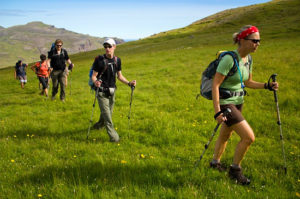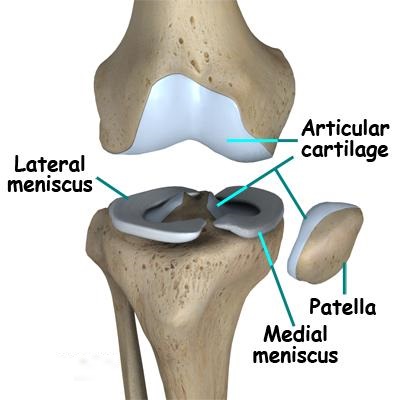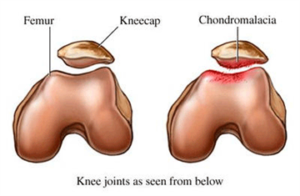Our Blog
Home  Blog
Blog
 Blog
Blog
 Blog
Blog
Big name, small trouble – a very common problem: `Chondromalacia patellae` is the medical name of that knee problem. The knee pain you have after returning from a vacation in the hills, or after that trek with buddies, a vaishnodevi yatra or after that dance drama you staged for the social function. It may appear to be a complicated disease by the name of it, but it is so simple and innocuous disease that most people would have cured themselves while they waited for the doctor’s appointment.

Technically, the bones in our joints are covered with firm spongy layer of tissue called cartilage. This tissue takes the entire load that passes through the joint & protects the bones against the impact.

Because their essential purpose is to absorb the joint impact forces, they undergo repetitive wear & tear. Nature compensates for this by healing it as fast as it wears down. But sometimes, when we suddenly over exert our knees – like when we do on vacations, on treks and during dance classes – the wear of the cartilage outruns the repair process. Resultantly, the cartilage loses its firmness, becomes soft, fibrillated & progressively fissured with time. This diminishes its shock absorbing capacity & incites pain on being loaded. This is called ‘chondromalacia’. The cartilage underneath the patella (your knee cap) is especially susceptible to such stress injuries, & then it is called ‘chondromalacia patellae’.

Chondromalacia patellae would classically present as pain at the front of the knee, and it is worst when you climb stairs, squat (indian toilet) or sit cross leg (Palathi). It usually affects young females, especially if they are dancing with repetitive squats and lunges. The reason for this gender bias is possibly because of the fact that females have much softer and supple muscles that offer lesser protection to the joint cartilages. The same characteristics that make them such gracious dancers predispose them to more wear. Though walking and everyday activities remain comfortable, pain is exaggerated with dancing, climbing and squatting, forcing young healthy people to seek medical attention.
The doctor would generally pick up the diagnosis by rubbing the patella against the femur bone underneath, and this invariably incites a sharp pain and crepitus (creaking sensation). And even though you might have felt the pain in one knee, the doctor will examine both your knees, because this problem is very often bilateral. Then again, if you have thigh muscles which are too loose or too tight, or your knees or kneecaps are malaligned, the knee joint load gets multiplied, increasing your possibility of having this problem. Sadly, such anatomical deviations will also complicate your treatment and recovery. Though the cartilage layers can’t be seen on X-ray, the doctor will nevertheless order them, mainly to rule out or detect any structural problems in the knee. Certain medical conditions like hypothyroidism, diabetes and some crystal deposition disorders cause weakened cartilage and add to the chances of having easy damage of cartilage, and so blood tests will be called for.
If medical problems and anatomical variations can be ruled out or treated, the disease will cure itself. The doctor will facilitate this healing by the following advice:
Sometimes, patients would avoid painful activities themselves, and find themselves cured in a couple of weeks, even before they have visited the doctor. However, this can become very dangerous. Bearing with pain has the big disadvantage of weakening your thigh muscles, which adds to your joint loading & may actually worsen your chondromalacia. Very rarely chondromalacia persists for more than three months with treatment, and these are the cases that have some sort of anatomical abnormality complicating the issue. Most of these cases end up with knee surgery. Surgery is usually targeted at releasing and balancing your tight kneecap ligament (parapatellar retinaculum), or shifting your patellar tendon attachment, both of which give excellent results and permanent cure. So, the next time your knees cry, do offer some help by giving them some rest.
This website uses cookies: By continuing to browse this site you accept this policy.